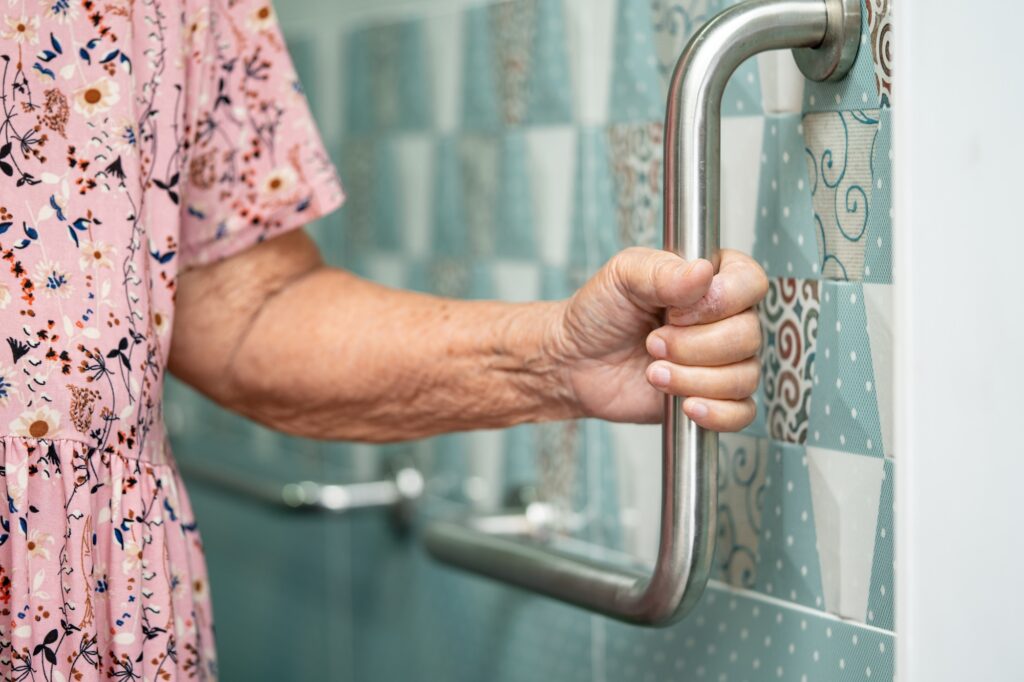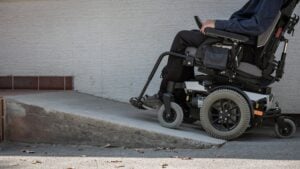Supporting someone with complex needs can be incredibly daunting. You may need to adapt your property to make it safe for them to continue living at home. They might also need homecare supplies to help adapt everyday items and make them safe to use.
The first hurdle is knowing which items you need. And the second hurdle is knowing where to find these items. In this guide, we’re looking at some of the most popular homecare supplies you might want to consider and where you can find them.

Essential homecare supplies
First and foremost, let’s look at some of the items you might want to add to your home when caring for someone with complex needs. You might not need all of these items, but they may prove to be helpful in ensuring that your loved one can continue living at home and maintaining a sense of independence.
First aid kits
A first aid kit is essential to have around the house to quickly deal with accidents such as cuts and grazes. Dealing with a change in physical mobility or cognitive decline can lead to more accidents as the individual adapts. It’s sensible to have a comprehensive first aid kit around the house and to ensure everyone is trained to deliver basic first aid in an emergency.
Adapted beds
Mobility problems can make it more difficult to get in and out of bed. Cognitive decline could also make it more likely that the person could fall out of bed during the night. This is where adapted beds or hospital beds come in useful. These beds are height adjustable and can also be set in a sitting or reclining position. They also have side rails to help protect individuals from falling out of bed.
Reclining chairs
Those with limited mobility might struggle to get in and out of regular chairs. A lifting armchair can give them more flexibility about where they sit during the day. Without this piece of adapted furniture, they might be stuck sitting upright in bed, or they might have to be confined to a wheelchair. A lifting armchair will make it easier for them to get in and out of their chair, while also making it easier for those assisting them to help.
Grab bars
Grab bars are positioned at strategic points throughout the home to make it possible for individuals to continue living independently. Grab bars are commonly installed next to toilets and in showers to provide mobility support. They could also be installed next to doorways with steps to help those who need a little extra stability. Grab bars are not only great for those with limited mobility, but also for those helping them. The grab bar can provide leverage and support while manually handling a person to help them to get around.

Smart home monitoring
Smart home devices such as door alarms, fall detectors and security cameras can help to bring peace of mind to loved ones. For families caring from a distance, a fall alarm can provide peace of mind that they will be alerted if something happens to their loved one. Those living with dementia can also be protected by simply installing door alarms that will send a silent alert if a door is opened at night time.
Adapted devices
Those with impaired sight can benefit from a wide range of adapted devices around the home. Gadgets such as a hot water detector can make it possible for an individual with impaired vision to know how much hot water to pour into a tea cup. Something as simple as making a cup of tea can help the individual to maintain a sense of independence.
There are also devices that make it possible for individuals to cook safely, to bathe themselves and to remember important dates or events. For example, a smart home device like Alexa or Google Home can help to remind an individual to take their medication at the same time every day.
Where to find these devices
There are specialist stores that offer adapted homecare supplies for specific needs and concerns. You could also look for second hand items on sites like Facebook Marketplace to find people selling the items you need in your area. Remember there may be grants available from your local council to help with the cost of converting your property and making it safe for someone with limited mobility to continue living at home. This can go towards the cost of installing ramps or widening doorways to fit a wheelchair.






